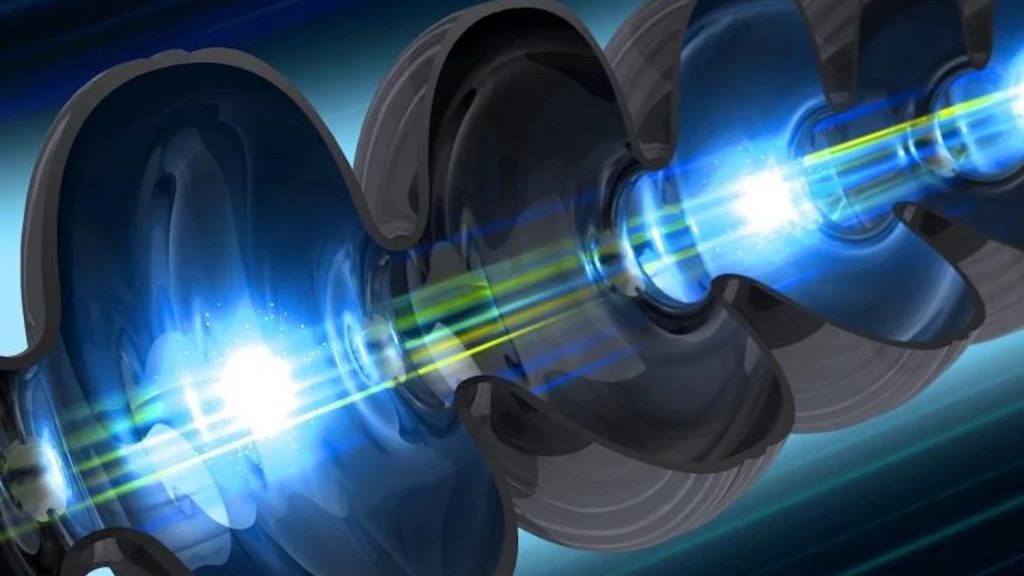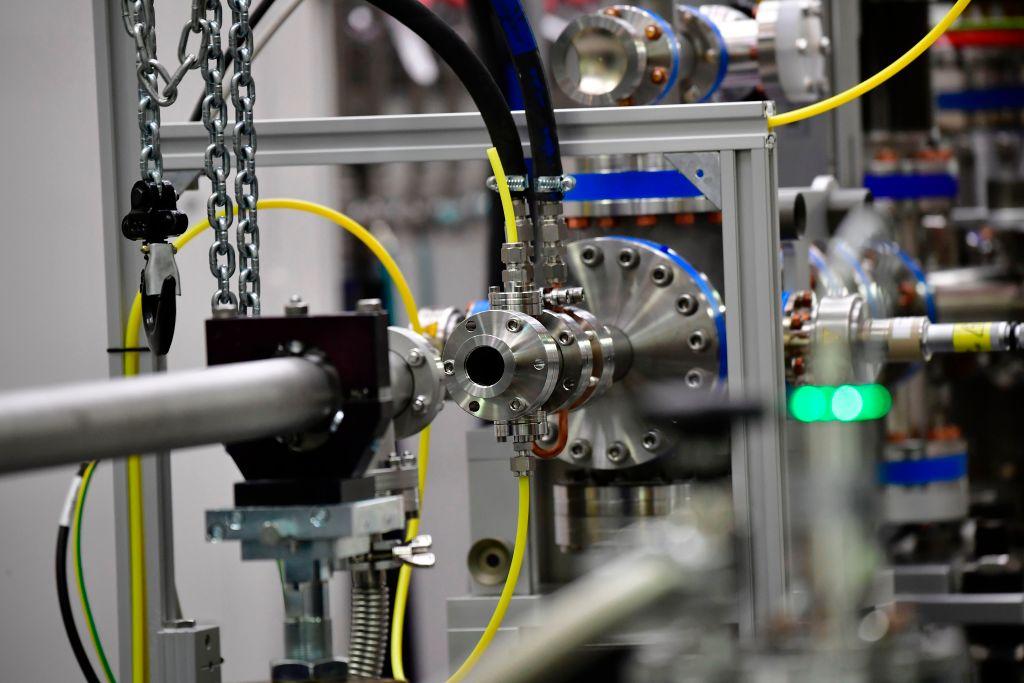Scientists at the Department of Energy’s SLAC National Accelerator Laboratory developed a novel technique for testing the limits of the facility’s Linac Coherent Light Source (LCLS) X-ray free-electron laser (XFEL). They created a device that can generate 10 times the power of previous X-ray pulses while remaining within the LCLS’s present free-electron laser infrastructure.
This cutting-edge technology employs chirped pulse amplification (CPA), a technique for producing current, super-powerful optical laser pulses. According to Haoyuan Li, the study’s primary author, present X-ray laser pulses from free-electron lasers have a maximum output of about 100 gigawatts and typically have a complicated and chaotic structure.

CPA works by stretching an energy pulse before sending it via an amplifier and a compressor, which reverses the stretching done in the first stage. As a result, the pulse is exceptionally strong, clean, and short. CPA was founded in the 1980s by University of Rochester researchers Donna Strickland and Gérard Mourou, who were awarded the 2018 Nobel Prize in Physics.

CPA has revolutionized the generation of high-intensity pulses for optical lasers, but it has been difficult to adapt the approach for X-ray wavelengths. Through thorough numerical modeling, the researchers developed a CPA approach for creating high-intensity hard X-ray pulses within the beam characteristics of an existing free-electron laser. The new system proves that it is capable of producing terawatt, femtosecond hard X-ray pulses utilizing current free-electron laser facilities, such as SLAC’s LCLS.
The team’s next step is building the system with a miniature prototype. Their findings were published in Physical Review Letters.


